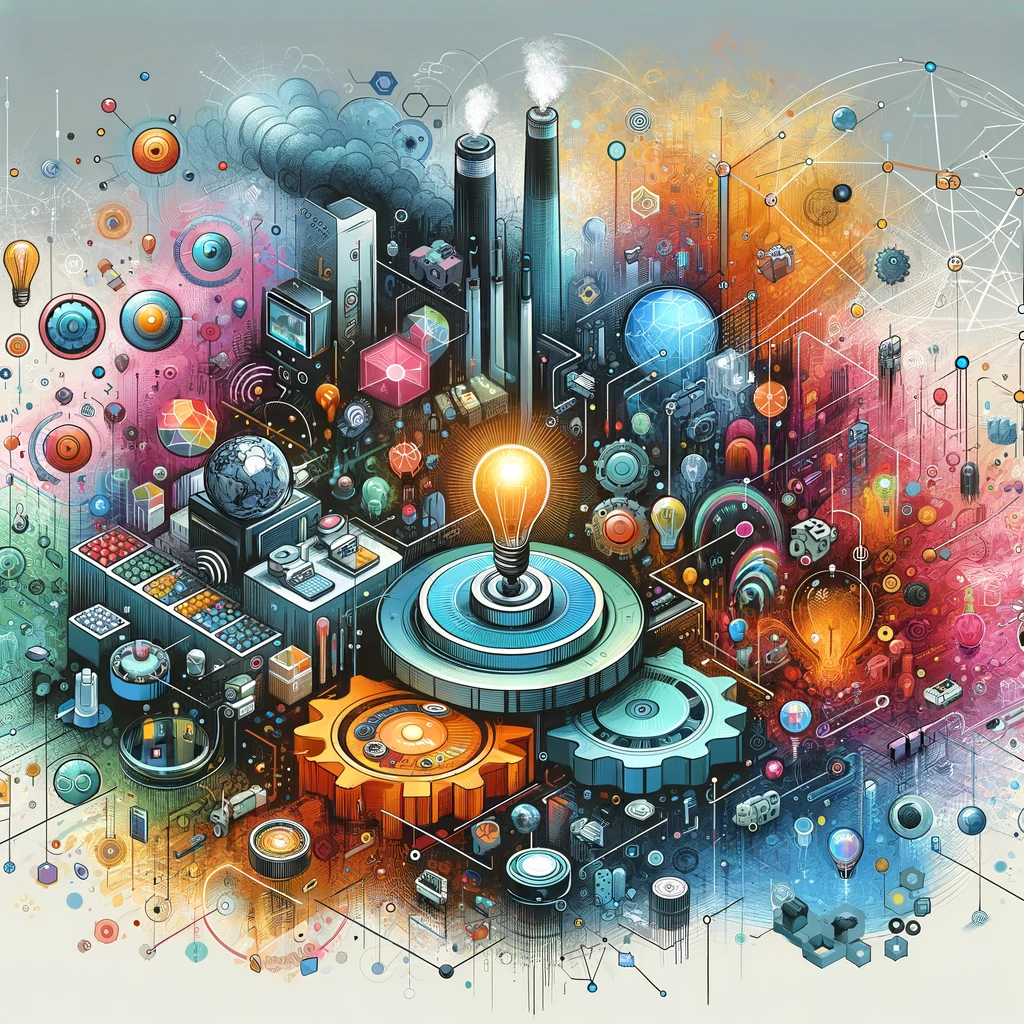
In the vast and expanding universe of the Internet of Things (IoT), sensors and actuators serve as the crucial link between the digital and physical worlds. These devices collect data from their environment and take action, respectively, enabling a myriad of IoT applications across industries. This article explores the significance of sensors and actuators within the IoT ecosystem, highlighting their benefits and the transformative impact they have on technology and daily life.
Understanding Sensors and Actuators in IoT
Sensors are devices that detect and measure changes in the environment, such as temperature, humidity, pressure, or motion. They convert these physical parameters into digital data that can be analyzed and used to inform decisions. Actuators, on the other hand, are devices that act upon the physical environment based on digital commands, such as opening a valve, turning on a light, or adjusting the temperature.
Key Benefits of IoT Sensors and Actuators
- Enhanced Data Collection: IoT sensors provide accurate, real-time data about the physical environment, enabling precise monitoring and analysis.
- Automated Control: Actuators allow for automated control of physical systems, improving efficiency and reducing the need for human intervention.
- Improved Efficiency and Productivity: Together, sensors and actuators optimize operations, conserve resources, and boost productivity across various applications.
- Enhanced Safety and Security: These devices can detect hazardous conditions or unauthorized access, triggering alerts and preventive actions to ensure safety and security.
- Personalized Experiences: In consumer applications, sensors and actuators enable personalized and adaptive experiences, from smart homes to wearable technology.
Transformative Impact Across Industries
The integration of sensors and actuators in IoT applications is revolutionizing numerous sectors:
- Manufacturing: Enhancing process control, predictive maintenance, and supply chain management.
- Healthcare: Improving patient monitoring, diagnostics, and treatment delivery.
- Agriculture: Optimizing irrigation, pest control, and crop management for increased yield.
- Smart Cities: Managing traffic flow, environmental monitoring, and public utilities more efficiently.
- Home Automation: Creating more comfortable, secure, and energy-efficient living environments.
Overcoming Challenges
Deploying IoT sensors and actuators involves addressing challenges such as data privacy and security, device interoperability, and scalability. Ensuring robust security measures, adopting open standards, and leveraging cloud computing are key to overcoming these hurdles.
The Future of IoT Sensors and Actuators
As IoT technologies continue to evolve, the capabilities of sensors and actuators will expand, enabling more complex and sophisticated applications. Advances in artificial intelligence and machine learning will further enhance the ability of IoT devices to interpret data and make autonomous decisions, driving innovation and creating new opportunities across all facets of life.
In conclusion, sensors and actuators are foundational to the IoT ecosystem, transforming how we interact with the physical world through technology. By enabling intelligent, automated systems, these devices are not just shaping the future of industries but also enhancing the quality of life, making our world smarter, safer, and more efficient.
